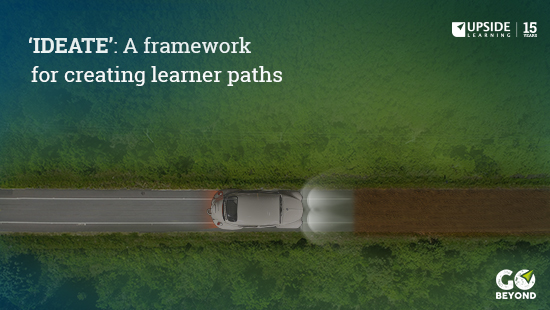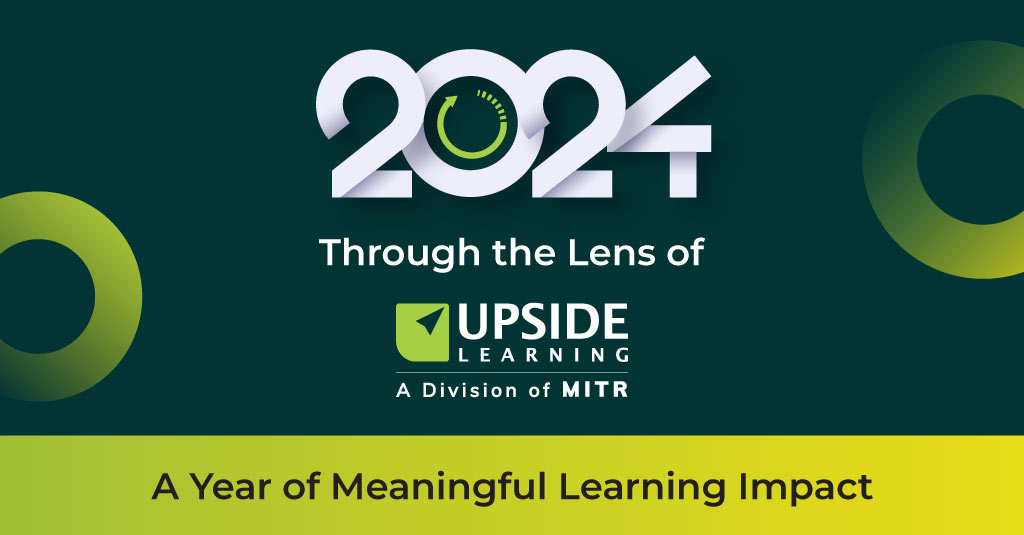In order to design an effective and sustainable compliance program that focuses on developing a culture of compliance, we propose a framework that takes into account the challenges in bringing about the expected behavioral change:
- Identify the “good” behavior – or changes in behavior – that are expected of employees related to compliance with regard to internal policies. A Towards Maturity report (2017) recommends that it is important to strike a balance between the individual needs of an organization and regulatory requirements while designing compliance programs.
- Define the topics and guidelines that employees would benefit from, so that they can demonstrate what can be defined as compliant behavior.
- Evaluate the content and training challenges that may prove to be risky in achieving the intended outcome for the intervention.
- Assess how the content and challenges can be handled, with respect to the training or communication intervention that may help with a cultural change.
- Trace and implement the most effective learning path that includes the identified interventions and implemented as targeted initiatives for a sustained impact on outcomes and behavior.
- Evaluate the change in behavior through a situation-based post-assessment and repeat #5.
Finally, the design of a compliance program could be viewed as a continuous initiative that is:
- Driven by appropriate and impactful messaging
- Enhanced with the requisite tools and references to ensure that the right information is accessible to employees to act in a compliant manner
- Delivered as an immersive, engaging, and personalized program that encourages compliance as a culture among employees
In our new eBook, we examine the various ways and means of crafting meaningful interventions for sustainable compliance programs. The idea is to develop a broader culture of compliance rather than just one-time learning interventions.


















